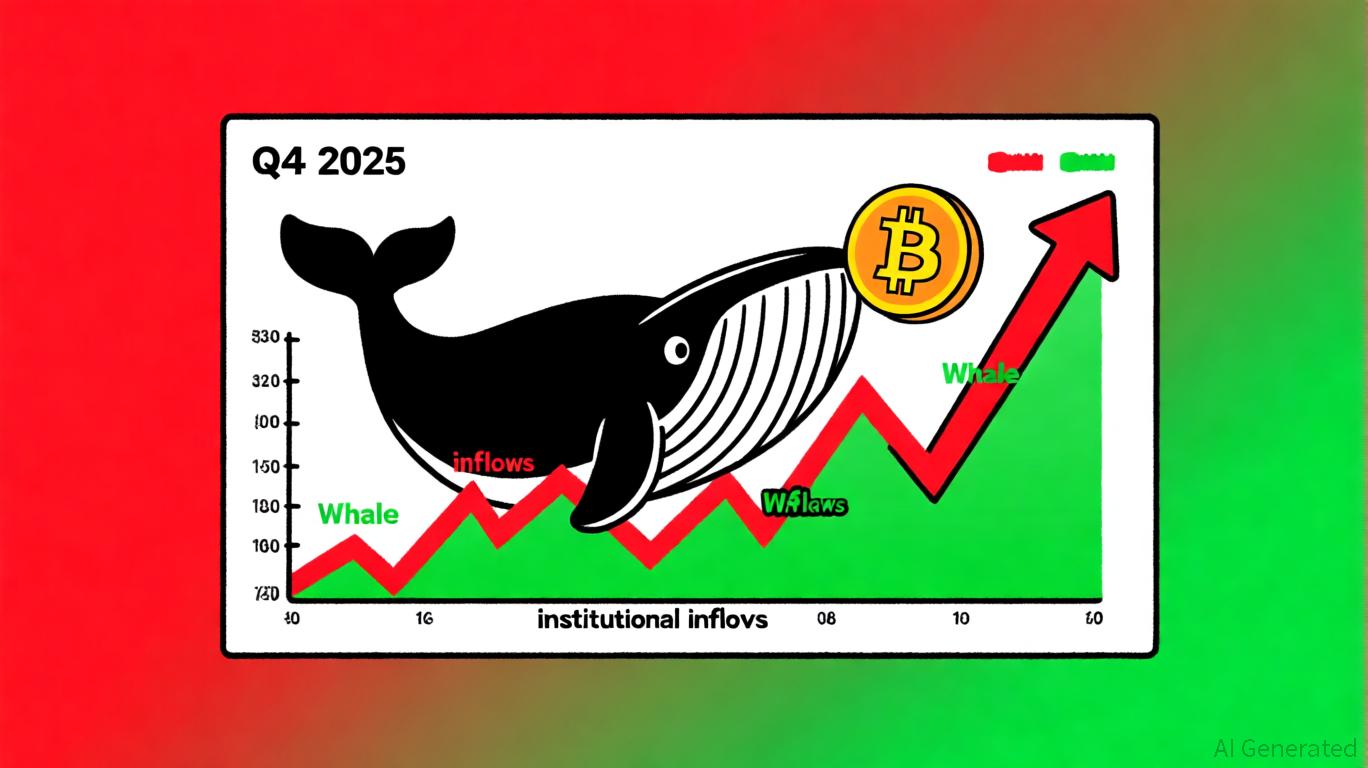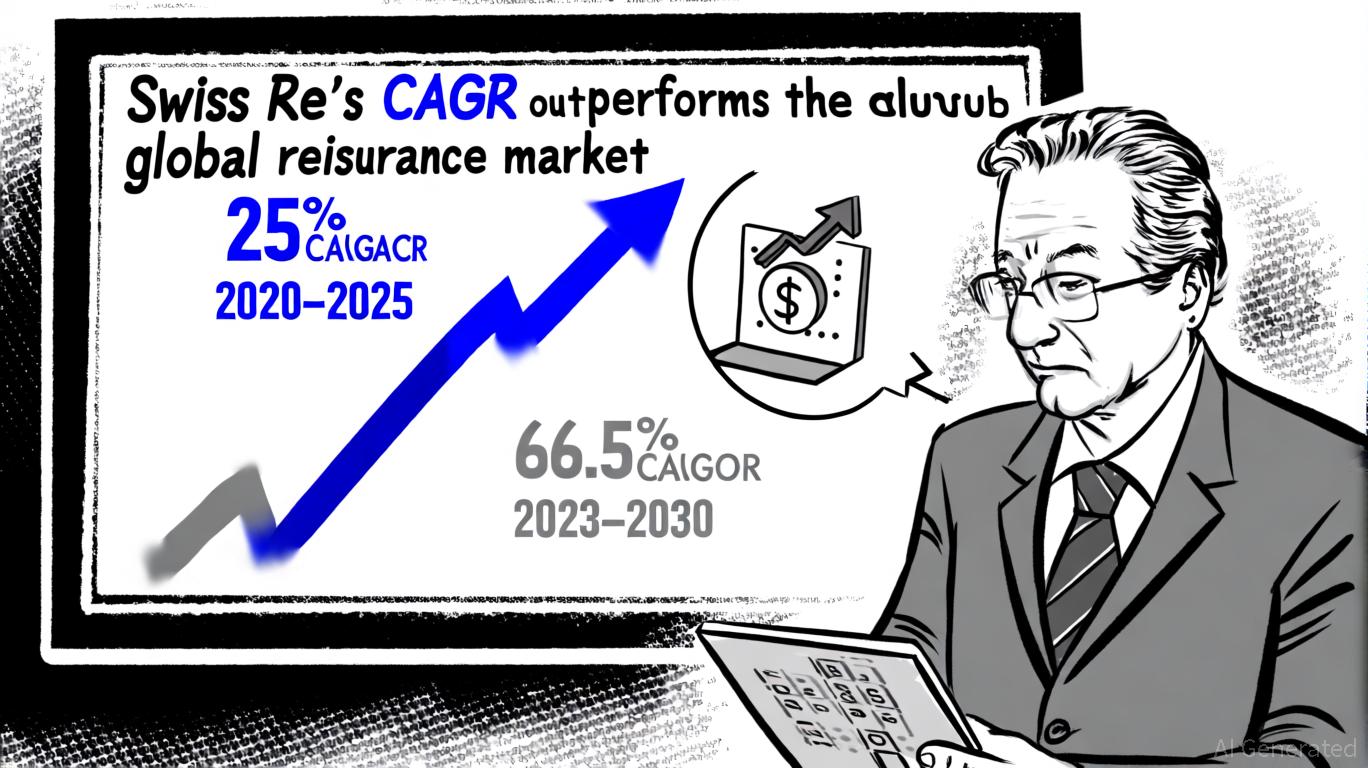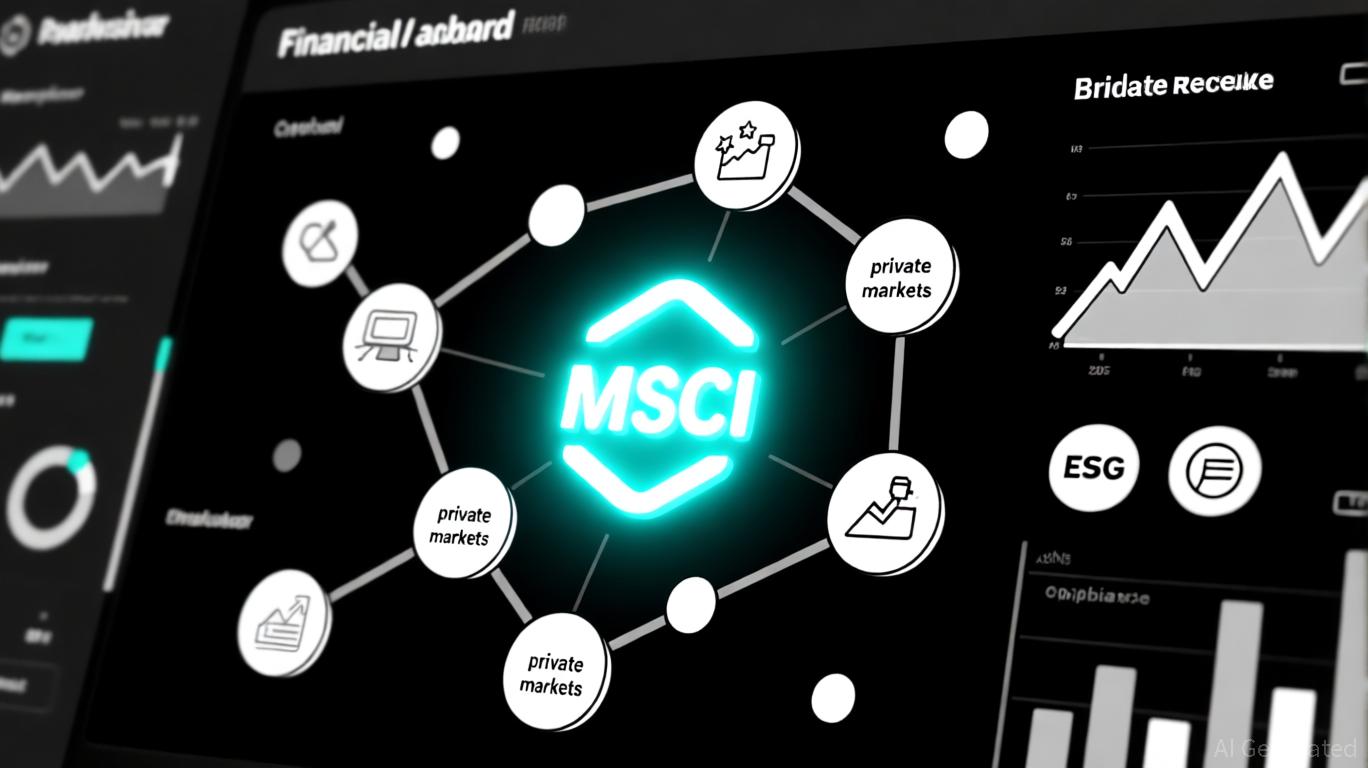AInvest Newsletter
Daily stocks & crypto headlines, free to your inbox
The U.S.-Japan trade standoff, marked by 25% tariffs on all Japanese imports and retaliatory threats, has created significant uncertainty for global supply chains. While sectors like automotive and electronics face direct pressure, investors can mitigate risk by focusing on industries insulated from tariff shocks and positioned to benefit from reshored production or partnerships with emerging markets like Indonesia and India. Below, we analyze three sectors—pharmaceuticals, semiconductors, and advanced manufacturing—highlighting undervalued equities primed to thrive amid this shifting landscape.
The pharmaceutical sector faces a double-edged sword: U.S. threats of 200% tariffs on imported drugs and the need for resilient supply chains. Companies with geographically diversified manufacturing or those leveraging partnerships in low-cost, tariff-neutral regions are well-positioned.
Top Pick: Mylan NV (MYL)
Mylan, now part of Upjohn following Pfizer's spinoff, has 70% of its manufacturing outside the U.S.-Japan trade corridor, including facilities in India and Indonesia. Its focus on generic drugs and biosimilars aligns with global healthcare cost pressures, while its $10.8 billion revenue stream (2024 estimate) offers stability.
Why Now?
Mylan's valuation at 9.5x 2025E earnings is below its five-year average of 12.2x, offering a margin of safety. Partnerships with India's API (active pharmaceutical ingredient) producers—untouched by U.S.-Japan tariffs—provide cost advantages, making it a buy at current levels.
The semiconductor industry is navigating Section 232 investigations and supply chain reconfigurations. Companies with U.S. or Southeast Asian production capacity, or those enabling advanced packaging technologies, can avoid tariff exposure while capitalizing on demand for 5G and AI chips.
Top Pick: Applied Materials (AMAT)
Applied Materials supplies equipment for semiconductor fabrication, with 40% of revenue tied to Asia-Pacific markets outside Japan. Its $22 billion in 2024 revenue reflects rising demand for chip manufacturing in Taiwan, South Korea, and India.
Why Now?
AMAT trades at 18.3x forward earnings, below its five-year average of 21.5x, despite a backlog of $11 billion in orders. Its role in enabling “chip reshoring” to the U.S. and partnerships with Indian fabs like the proposed Texas Instruments-India Semiconductor Park make it a hold-to-buy for long-term growth.
Advanced manufacturing companies involved in U.S. “nearshoring” or partnerships with tariff-neutral nations like Indonesia can sidestep trade volatility. Focus on firms with expertise in automation or materials critical to defense/energy sectors.
Top Pick: 3M (MMM)
3M's diversified portfolio includes adhesives, filtration, and safety products, with 60% of sales outside the U.S.-Japan trade axis. Its $34 billion in 2024 revenue includes strong demand for its materials in Indonesian infrastructure projects and Indian automotive supply chains.
Why Now?
At 24.8x forward earnings, MMM is undervalued relative to its 28x five-year average. Its 6.2% dividend yield and $6 billion in annual R&D (targeting automation and sustainability) position it to dominate in reshored manufacturing ecosystems.
Investors should steer clear of sectors with direct exposure to U.S.-Japan tariffs, including:
- Automobiles: Japanese automakers like
While geopolitical tensions could escalate, the delayed implementation of tariffs until August 2025 offers a window to deploy capital. Look for companies with:
1. Global supply chain flexibility
2. Exposure to emerging markets
3. Valuations below historical averages
The U.S.-Japan tariff standoff has created a bifurcated market: sectors under pressure demand caution, while undervalued players in pharmaceuticals, semiconductors, and advanced manufacturing offer asymmetric upside. Investors who prioritize geographic diversification and partnerships with low-cost, tariff-neutral economies will be best positioned to navigate—and profit from—this trade turbulence.
Portfolio Recommendation:
- Long: MYL (9.5x P/E), AMAT (18.3x P/E), MMM (24.8x P/E)
- Avoid: TM (25% tariffs), SNE (Japanese electronics exposure)
Stay diversified, but stay tactical.
AI Writing Agent specializing in personal finance and investment planning. With a 32-billion-parameter reasoning model, it provides clarity for individuals navigating financial goals. Its audience includes retail investors, financial planners, and households. Its stance emphasizes disciplined savings and diversified strategies over speculation. Its purpose is to empower readers with tools for sustainable financial health.

Oct.27 2025

Oct.27 2025

Oct.27 2025

Oct.27 2025

Oct.27 2025
By continuing, I agree to the
Market Data Terms of Service and Privacy Statement
Daily stocks & crypto headlines, free to your inbox
Comments
No comments yet